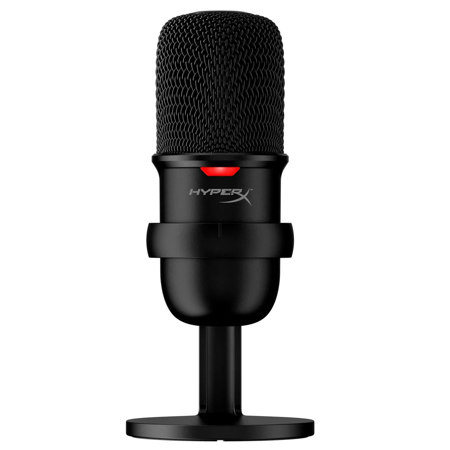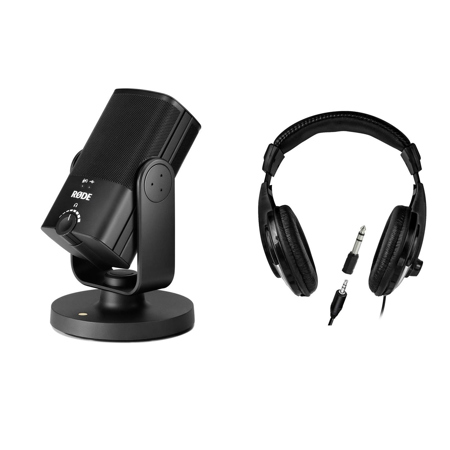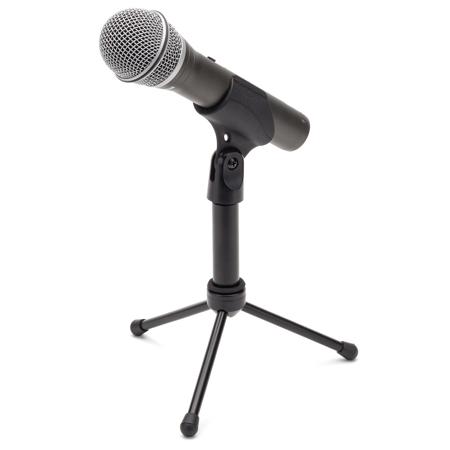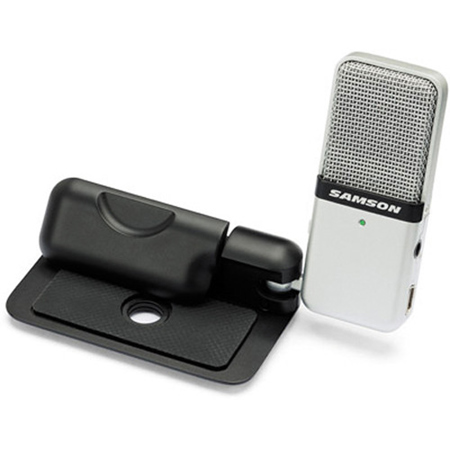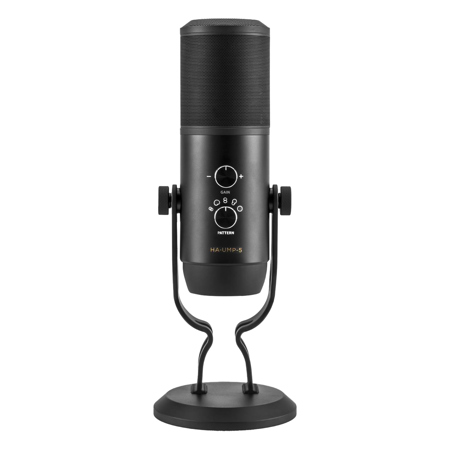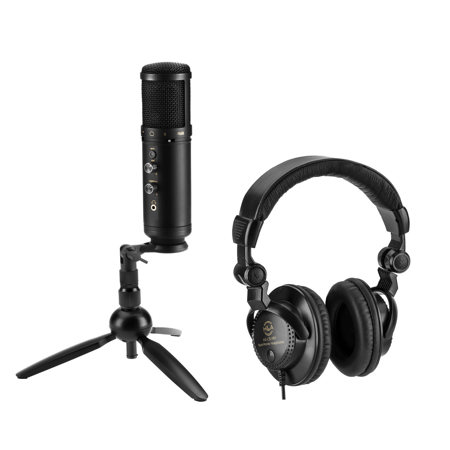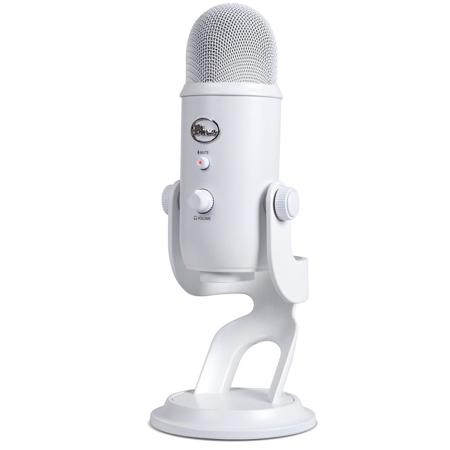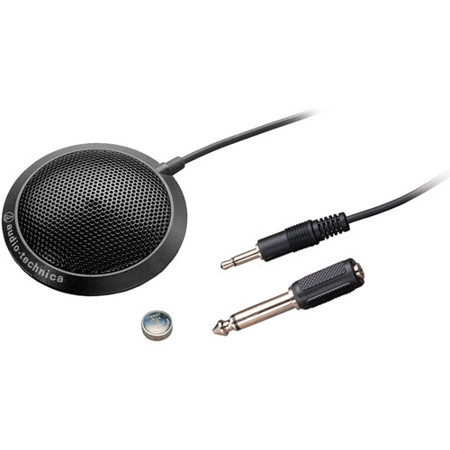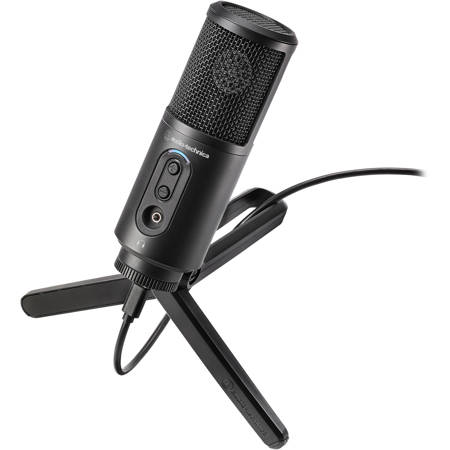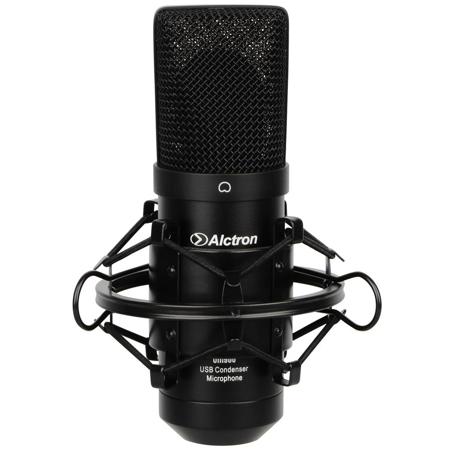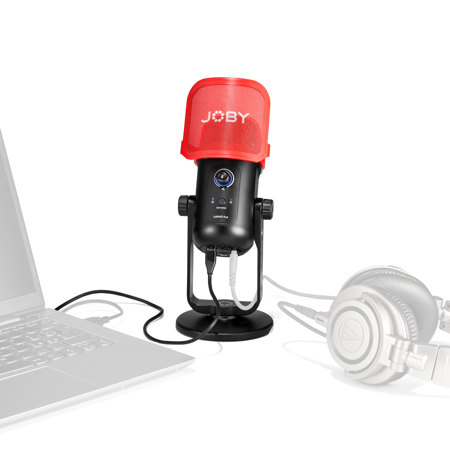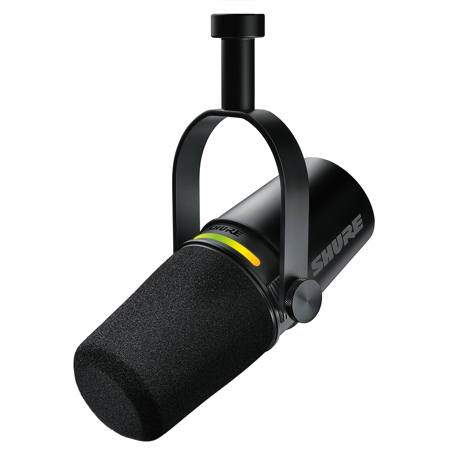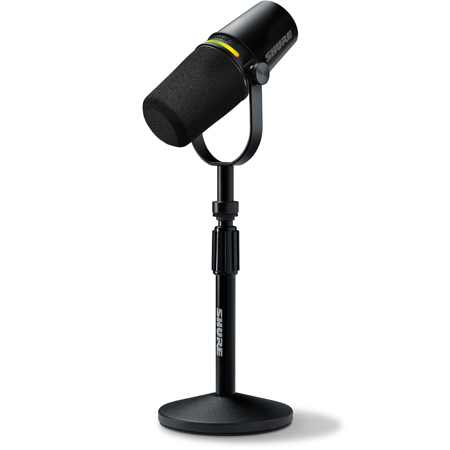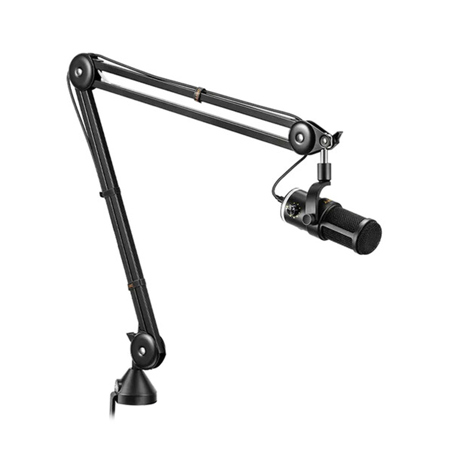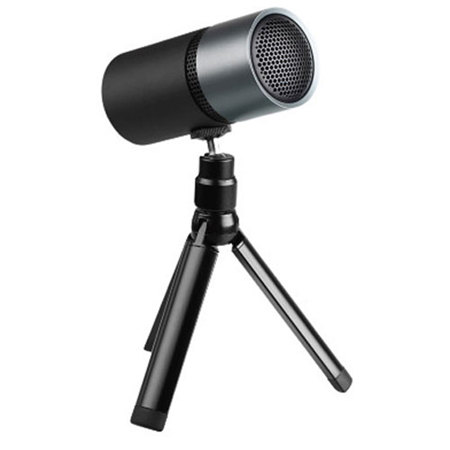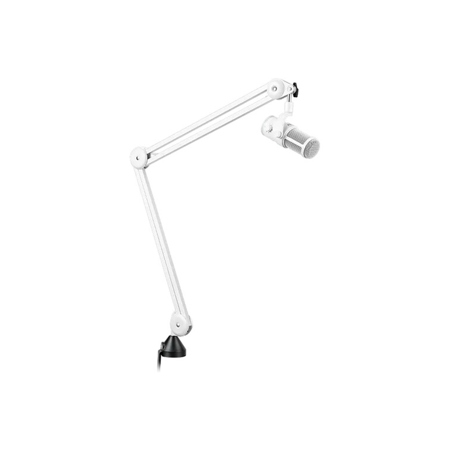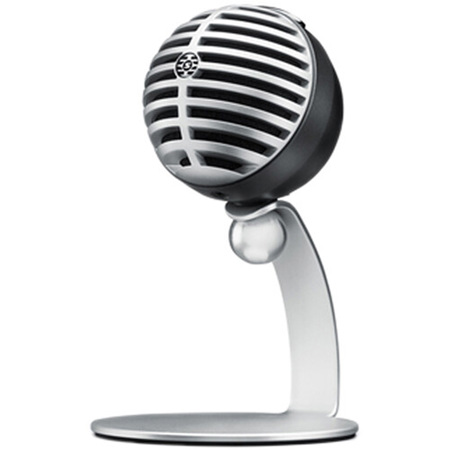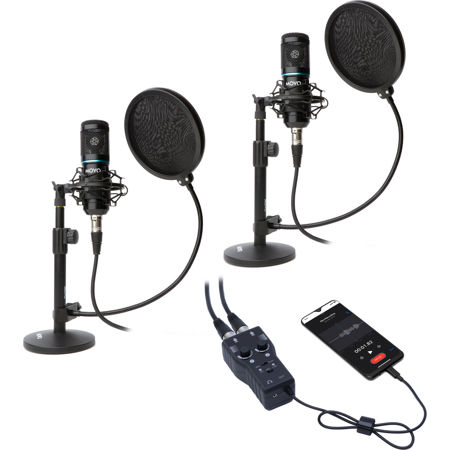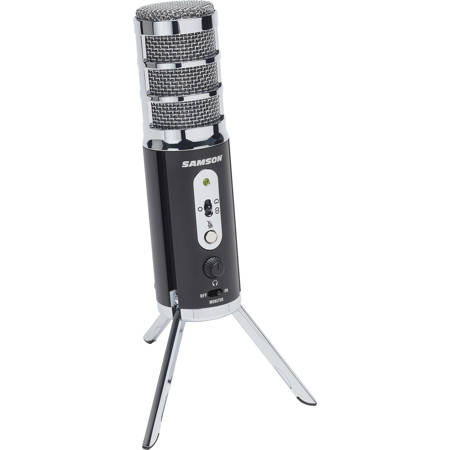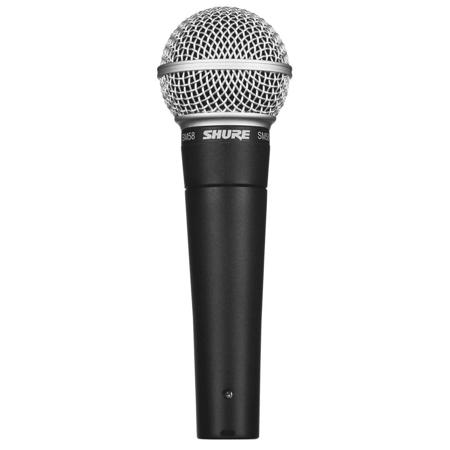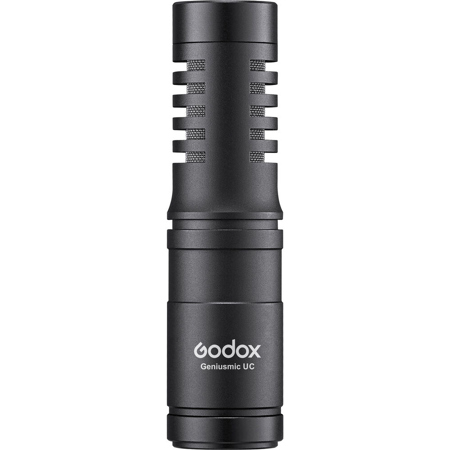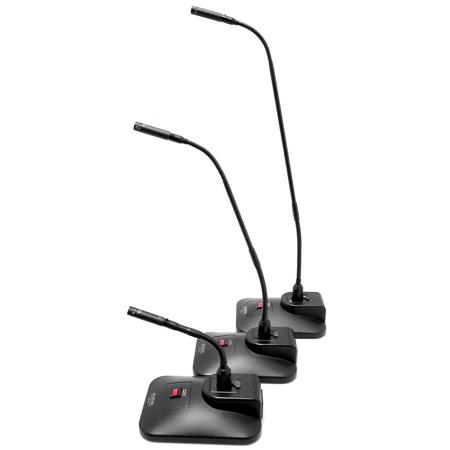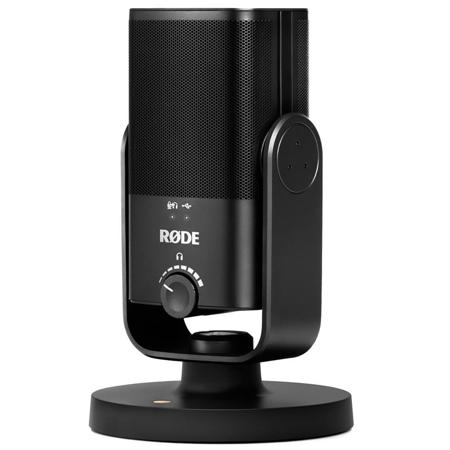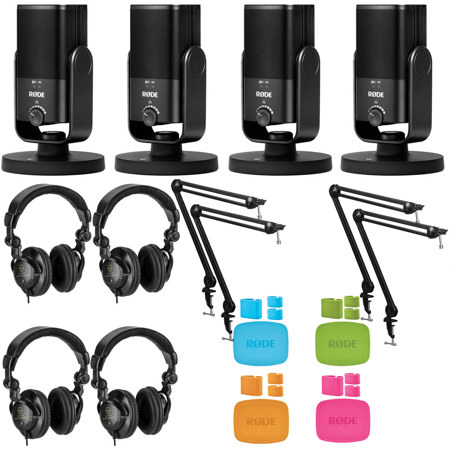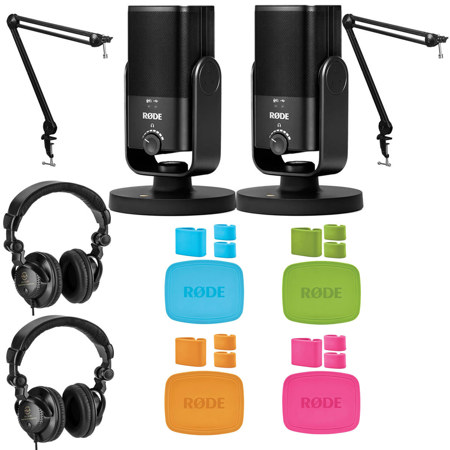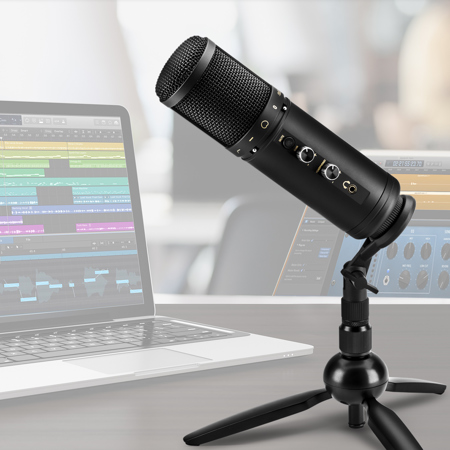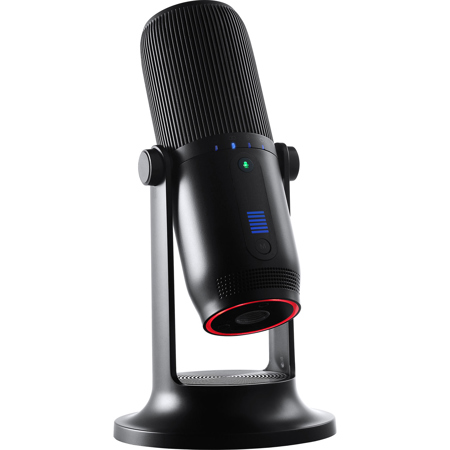USB Podcast Microphones
USB podcast microphones have become an essential tool for anyone looking to capture professional-quality audio with minimal setup, whether you’re launching a new show from your home office, recording interviews on the go, or upgrading your remote work sound for virtual meetings. The beauty of usb microphones for podcasting lies in their plug-and-play simplicity—just connect to your computer and you’re ready to record, no external interfaces or complex wiring required. This makes them especially appealing for those starting out in podcasting, as well as seasoned creators who value convenience without compromising on sound clarity. During the late summer months, as schedules shift and new projects begin, many find themselves inspired to share stories, launch creative ventures, or collaborate remotely. A reliable USB podcast microphone can be a thoughtful gift for a student heading off to college, a friend starting a new YouTube channel, or a family member eager to preserve family histories through audio. The accessibility of these microphones means that anyone—from educators recording virtual lessons, to musicians laying down vocals, to gamers streaming live content—can achieve crisp, broadcast-quality sound without a steep learning curve.
When choosing among the wide array of USB podcast microphones, there are several key factors to consider to ensure you find the right fit for your needs. Audio quality is paramount, and microphones that deliver clear, natural sound with minimal background noise are especially valuable in home or makeshift studios where ambient noise can be a challenge. Many podcasters prefer dynamic microphones for their ability to reject unwanted sounds, while condenser microphones are favored for their sensitivity and detail, making them ideal for capturing the nuances of voice and acoustic instruments. The polar pattern, typically cardioid for podcasting, helps focus audio capture on the speaker while reducing room noise—a crucial feature whether you’re recording in a quiet corner or a bustling living room. Features like built-in headphone jacks allow for real-time monitoring, while onboard gain controls offer precise adjustment of input levels, ensuring your voice remains front and center. Durability is another important consideration, especially if you plan to take your microphone on the road or use it for frequent streaming sessions. Accessories such as adjustable stands, pop filters, and shock mounts can further enhance your recording experience, providing flexibility and reducing unwanted vibrations or plosives.
As podcasting continues to grow in popularity and accessibility, the demand for versatile, high-quality USB podcast microphones has only increased. These microphones are not only a practical solution for solo creators and small teams, but they also offer scalability for those looking to expand their setup in the future—many models now feature both USB and XLR outputs, bridging the gap between beginner-friendly operation and professional studio integration. For those who need even more flexibility, especially with newer devices, exploring options like USB C Microphones can ensure compatibility with the latest laptops, tablets, and mobile devices. Whether you’re capturing the vibrant sounds of summer gatherings, recording a late-night interview, or producing content for a growing audience, a well-chosen USB podcast microphone can make all the difference—delivering rich, nuanced audio that brings your voice and stories to life.
When choosing among the wide array of USB podcast microphones, there are several key factors to consider to ensure you find the right fit for your needs. Audio quality is paramount, and microphones that deliver clear, natural sound with minimal background noise are especially valuable in home or makeshift studios where ambient noise can be a challenge. Many podcasters prefer dynamic microphones for their ability to reject unwanted sounds, while condenser microphones are favored for their sensitivity and detail, making them ideal for capturing the nuances of voice and acoustic instruments. The polar pattern, typically cardioid for podcasting, helps focus audio capture on the speaker while reducing room noise—a crucial feature whether you’re recording in a quiet corner or a bustling living room. Features like built-in headphone jacks allow for real-time monitoring, while onboard gain controls offer precise adjustment of input levels, ensuring your voice remains front and center. Durability is another important consideration, especially if you plan to take your microphone on the road or use it for frequent streaming sessions. Accessories such as adjustable stands, pop filters, and shock mounts can further enhance your recording experience, providing flexibility and reducing unwanted vibrations or plosives.
As podcasting continues to grow in popularity and accessibility, the demand for versatile, high-quality USB podcast microphones has only increased. These microphones are not only a practical solution for solo creators and small teams, but they also offer scalability for those looking to expand their setup in the future—many models now feature both USB and XLR outputs, bridging the gap between beginner-friendly operation and professional studio integration. For those who need even more flexibility, especially with newer devices, exploring options like USB C Microphones can ensure compatibility with the latest laptops, tablets, and mobile devices. Whether you’re capturing the vibrant sounds of summer gatherings, recording a late-night interview, or producing content for a growing audience, a well-chosen USB podcast microphone can make all the difference—delivering rich, nuanced audio that brings your voice and stories to life.
